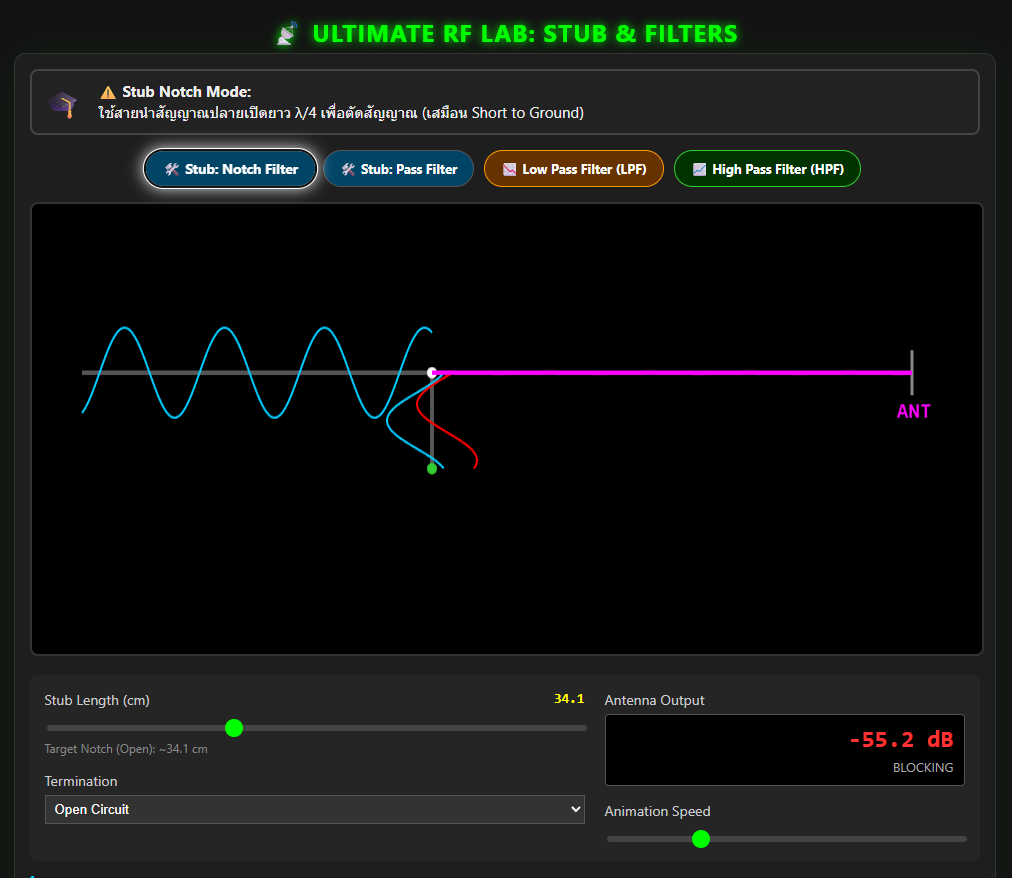amateur radio
electronic warfare
electronics
ham radio
military
military communications
military grade
military radio
shortwave
spectrum
antiradiation, battlefieldtechnology, C2W, commandcontrol, cybersecurity, defensestrategy, defensesystems, defensetechnology, defenseterminology, defensevocabulary, EA, ECM, electromagnetics, electromagneticspectrum, electronicattack, electronicdeception, electronicprotection, electronicprotectivemeasures, electronicwarfare, ELINT, EMwarfare, EP, EPM, ES, ESM, EW, informationwarfare, jamming, militaryacronyms, militarycommunications, militaryintelligence, militaryjargon, militarylexicon, militaryoperations, militaryspectrum, militarytechnology, militaryterminology, radardefense, radarjamming, radiocommunications, radiodeception, RadioFrequency, SEAD, SIGINT, signalsintelligence, wildweasel
9M2PJU
1 Comments
Electronic Warfare Terminology: Understanding the Language of Electromagnetic Combat
In the complex world of modern warfare, electronic warfare (EW) has become an essential component of military operations. Understanding the terminology and concepts behind EW is crucial for military personnel, defense analysts, and anyone interested in modern conflict. This guide provides a comprehensive overview of EW terminology, helping to demystify this specialized field.
The Essence of Electronic Warfare
Electronic warfare represents the military action taken to exploit the electromagnetic spectrum. It encompasses the interception, identification, and location of electromagnetic emissions, along with the employment of electromagnetic energy to reduce or prevent hostile use of the spectrum while ensuring its effective use by friendly forces.
Modern warfare involves adversaries making full use of communications, surveillance, and weapons systems that operate across the electromagnetic spectrum. Each side attempts to dominate this spectrum through various means, viewing EW as one of many tools available to battlefield commanders to achieve their objectives.
The Electromagnetic Spectrum: The Battlefield
The electromagnetic spectrum serves as the primary domain for electronic warfare operations. It encompasses all frequencies of electromagnetic radiation, from radio waves to gamma rays. Military forces utilize various portions of this spectrum for communication, sensing, and weapons guidance.
Understanding the electromagnetic spectrum and how different systems operate within it is fundamental to effective electronic warfare. Each frequency range offers unique advantages and vulnerabilities that EW specialists must understand to exploit.
The Classical EW Structure
Electronic warfare is traditionally divided into three major components:
1. Electronic Support Measures (ESM)
ESM involves actions taken to search for, intercept, and identify electromagnetic emissions and locate their sources for immediate threat recognition. This provides vital electronic warning and surveillance capabilities to commanders through intelligence and air defense networks.
Key ESM functions include:
- Furnishing intelligence on enemy Electronic Order of Battle (EOB)
- Identifying critical command and control nodes
- Identifying enemy air defense systems for targeting
- Providing programming data for EW systems
- Enabling real-time threat recognition
2. Electronic Countermeasures (ECM)
ECM encompasses actions taken to prevent or reduce an enemy’s effective use of the electromagnetic spectrum through electromagnetic energy. This includes:
- Electronic Jamming: The deliberate radiation or reflection of electromagnetic energy to impair the effectiveness of enemy electronic systems
- Electronic Deception: The deliberate radiation, alteration, or reflection of electromagnetic energy to confuse or mislead enemy systems
- Electronic Neutralization: The deliberate use of electromagnetic energy to temporarily or permanently damage enemy devices
Effective ECM must be authorized by appropriate rules of engagement, controlled by operations staff, and thoroughly coordinated with other operations and intelligence collection efforts.
3. Electronic Protective Measures (EPM)
EPM involves actions taken to ensure friendly forces can effectively use the electromagnetic spectrum despite enemy EW efforts. This includes:
- Active EPM: Detectable measures like altering transmitter parameters to ensure effective spectrum use
- Passive EPM: Undetectable measures including operating procedures and technical equipment features
EPM protects personnel, facilities, and equipment from enemy EW actions while preventing enemies from gaining intelligence from friendly transmissions.
Alternative Terminology: The Non-NATO Approach
While NATO uses the ESM/ECM/EPM framework, non-NATO forces often employ slightly different terminology:
Electronic Warfare Support (ES)
Similar to ESM, ES involves actions tasked by operational commanders to search for, intercept, identify, and locate sources of electromagnetic energy for immediate threat recognition.
Electronic Attack (EA)
Equivalent to ECM, EA involves using electromagnetic or directed energy to attack personnel, facilities, or equipment with the intent to degrade, neutralize, or destroy enemy combat capabilities.
Electronic Protection (EP)
Similar to EPM, EP involves actions taken to protect personnel, facilities, and equipment from any effects of friendly or enemy EW that might degrade combat capability.
EW Integration in Modern Warfare
EW is not a standalone capability but must be integrated into broader military operations. Two key concepts define this integration:
Information Warfare (IW)/Command & Control Warfare (C2W)
EW is considered an element of the larger Information Warfare framework, which includes operations security, psychological operations, physical destruction, and intelligence activities.
Relationship to Combat Operations
EW resources must be employed in a coordinated manner and fully integrated into both offensive and defensive operations. The three EW components (ESM, ECM, EPM) should be applied simultaneously whenever possible.
Key EW Systems and Techniques
Modern EW encompasses a wide range of systems and techniques:
- Antiradiation Missiles (ARM): Missiles that home passively on radiation sources
- Wild Weasel Aircraft: Specially modified aircraft that identify, locate, and suppress enemy air defense systems
- Electronic Order of Battle (EOB): The identification, function, capability, and disposition of enemy electronic equipment
- Suppression of Enemy Air Defenses (SEAD): Activities that neutralize, destroy, or temporarily degrade enemy air defense systems
- Electronic Intelligence (ELINT): Technical information derived from non-communications electromagnetic emissions
The Future of Electronic Warfare
Electronic warfare continues to evolve with technological advancements. Modern EW systems increasingly exploit radar target recognition, non-cooperative target recognition, electro-optical capabilities, infrared systems, and advanced weapon sensors.
The proliferation of electronically controlled weapons has caused rapid expansion in EW capabilities. The basic concept remains consistent: exploit enemy electromagnetic emissions to gather intelligence, deny effective use of communications and weapons systems, and protect friendly use of the spectrum.
Electronic warfare is not merely searching for a magical emission that will deny enemy systems. It represents a constant process of information gathering, technology development, and strategic planning to achieve maximum enemy confusion and gain tactical advantages. As warfare continues to evolve in the information age, mastery of the electromagnetic spectrum will remain a critical military capability.
Conclusion
Understanding electronic warfare terminology provides essential context for analyzing modern military operations. As electromagnetic systems continue to proliferate on the battlefield, the ability to exploit and protect the electromagnetic spectrum will remain a decisive factor in military success. EW assets are generally reusable, offering more economical means of disrupting enemy activity than expensive, one-time-use weapons—making them particularly valuable in peacekeeping operations or periods of heightened tension.
Electronic warfare represents a fascinating intersection of technology, strategy, and military doctrine—a domain where success often depends on invisibly manipulating the very wavelengths that carry modern warfare’s command, control, and communications capabilities.







1 comment